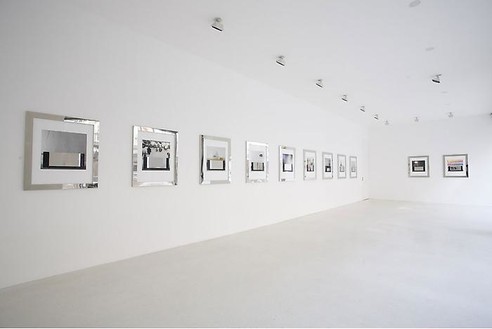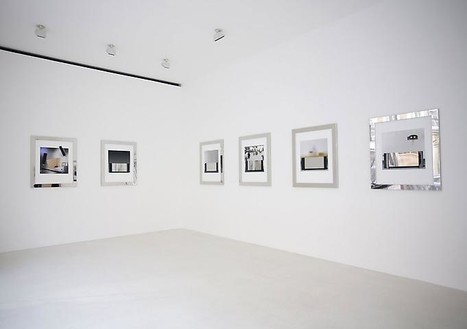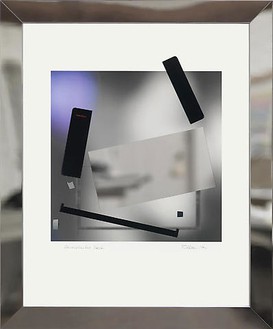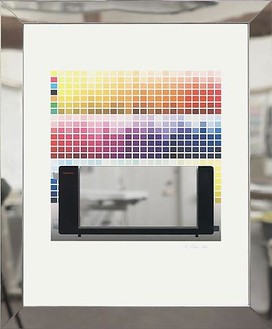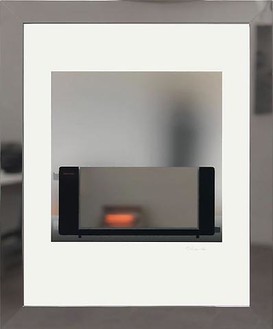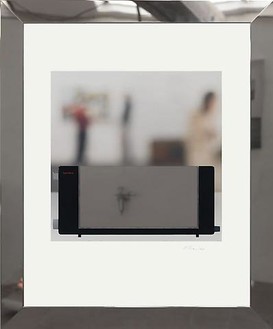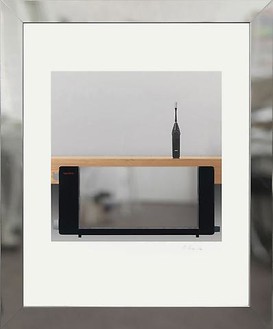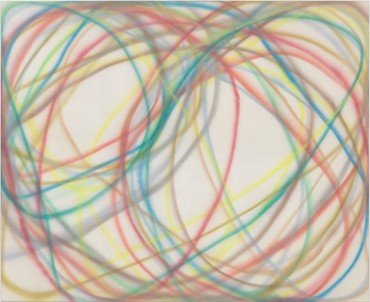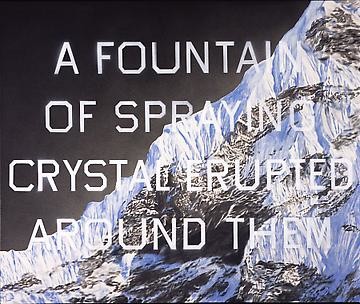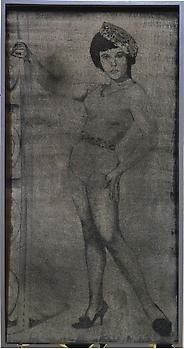About
Gagosian Gallery is pleased to announce an exhibition of new works by Richard Hamilton. Toaster deluxe comprises thirteen different versions derived from his iconic Toaster of 1966–1967. Revisiting his earlier preoccupation with what it is to live in a modern world pervaded by design, Hamilton sets the motif of the Braun toaster against various digitally generated backgrounds, some containing other common household items, such as an electric toothbrush and saucepans, while others are more abstracted, such as those incorporating the Pantone colour chart. Toaster deluxe deconstructed is the ultimate gesture whereby Hamilton dismembers his beloved subject's sleek lines and components and scatters them over the surface of the paper to form a playful, neo-Constructivist composition.
Hamilton's seminal role in the birth of Pop Art has been widely acknowledged. Additionally, he was the first artist to devote himself to an ongoing study of the digital manipulation of images. His involvement with computers started in 1970 when he used NASA technology to make a perspective drawing of tyres. He has continued to use the most advanced image-processing resources as they become available.
Throughout his career Hamilton has explored the relationships between fine art, product design and popular culture, most famously analyzed in the Independent Group discussions at the ICA during the 1950s (with Reyner Banham, Lawrence Alloway and others) and in essays such as “Persuading Image” (1960) where he alluded to the mutable boundaries between industrial design and fine art. By exploring these boundaries in a group of works inspired by Braun product design, he introduced contradiction into the existing language of source material for Pop Art. For example, the stylized image of Toaster was based on promotional material for Braun products. Hamilton wrote of their chief designer, “My admiration for the work of Dieter Rams is intense and I have for years been uniquely attracted towards his design sensibility; so much so that his consumer products have come to occupy a place in my heart and consciousness that the Mont Sainte-Victoire did in Cézanne's.'
Richard Hamilton was born in 1922 in London. He was educated at the Royal Academy Schools (1938–40, 1946–48) and the Slade School of Art (1948–51). He has exhibited his work extensively with retrospectives at the Tate Gallery, London (1970 and 1992), The Solomon R. Guggenheim Museum, New York (1973), Museu d'Art Contemporani de Barcelona (2003), Museum Ludwig, Cologne (2003). He presented “A Host of Angels” in Venice (2007) and more recently his “Protest Pictures” at the Inverleith House, Edinburgh (2008). Hamilton lives and works in Oxfordshire, England.
